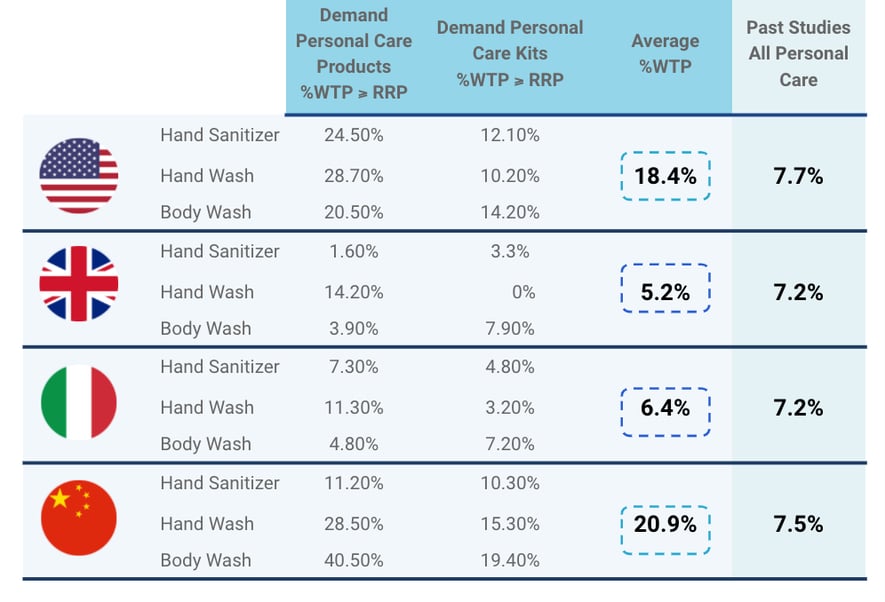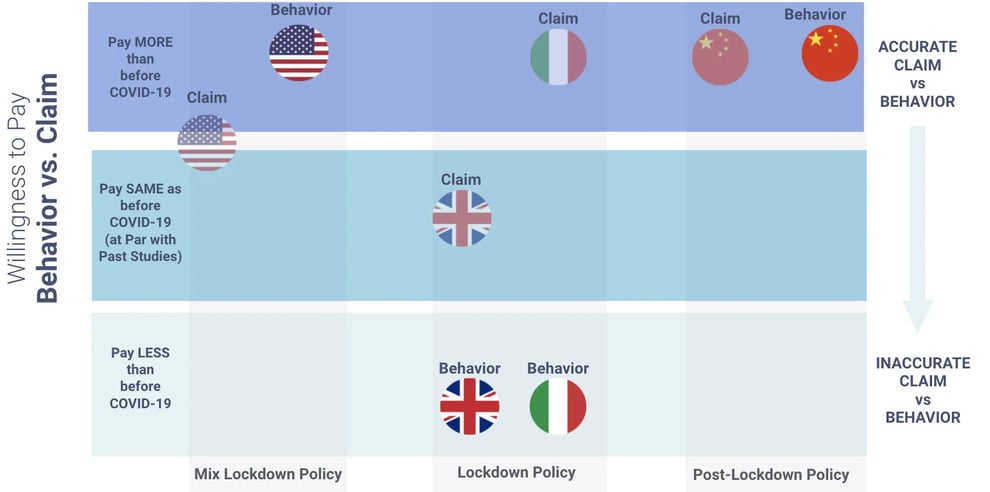How is the Pandemic Affecting Demand for Personal Care Products?
As the COVID-19 pandemic continues to cause immense changes in many domains, Veylinx wanted to shed some light on how the crisis affects consumer purchase behavior in different markets and industries.
The team at Veylinx conducted a behavioral study to investigate the demand for essential personal care products amid the COVID-19 pandemic in four key markets — the US, the UK, Italy, and China. The research was conducted using Veylinx’s behavioral insights platform, which includes consumers participating in real auctions to measure their actual purchase interest.
The study's objectives were:
-
To measure claimed and actual demand for personal care products during the pandemic
-
To measure the gap between claimed and actual purchase interest in the four key markets

As we often explain to our customers, there is a difference between what consumers claim they’re going to buy and what they actually buy. We find that the real purchase interest of Chinese consumers most closely matched their claimed purchase interest. Only a slight mismatch was found among British consumers, while we found a large discrepancy among Italians.

Purchase interest for essential personal care products does not seem to depend on virus stage, lockdown severity, or country (Figure 2).
 Figure 2
Figure 2
These high-level findings show that the gap between claimed and actual purchase interest persists across countries.
Tags:
May 26, 2020


Comments